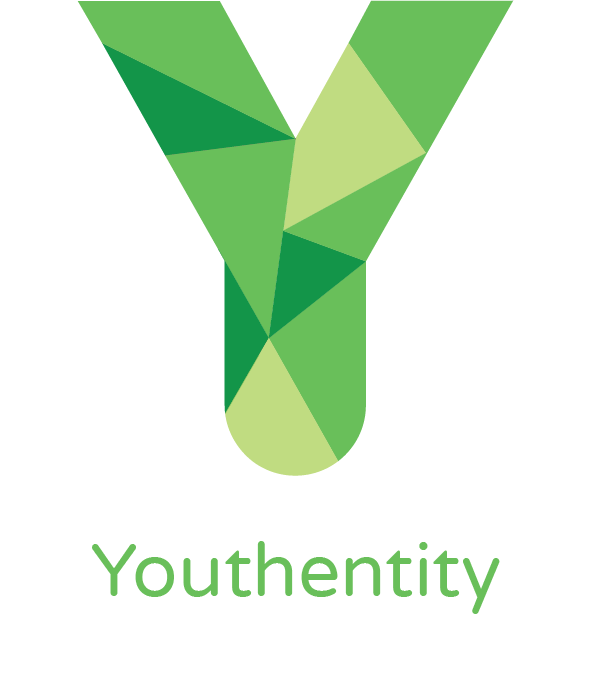Youthentity Column: The Psychology of Money
How did you learn about money when you were a child? For my siblings and I, it was a weekly allowance in exchange for household chores — laundry and cleaning — which became progressively more involved (and better paid) as we got older. That lasted until we were able to get after-school jobs, at which point — as directed by our parents — we dutifully deposited our paychecks into savings accounts.
It’s no secret: kids will pick up and emulate the relationships that the adults in their lives have with money. Beyond purposeful parental guidance, my thoughts and habits around money came primarily from the subtleties of family life: my mom choosing generic over brand-name products, or my dad fixing a broken skateboard wheel or lawnmower before resorting to replacing it with a new one (or more likely, used but new-to-us).
We all know that forming individual psychology around money begins early, and that those seemingly extraneous observations can have big impacts down the road.
Let’s consider the statistics:
• A survey of 15-year-olds in the United States found that 18% of respondents did not learn fundamental financial skills that are often applied in everyday situations, such as building a simple budget, comparison shopping, and understanding an invoice. [Organisation for Economic Co‑operation and Development, 2014]
• A report on the results of a financial literacy exam found that high school seniors scored on average 48% correct, showing a strong need for more comprehensive financial education for youth in high school. [Mandell, 2008; 60% was considered a passing score]
• According to the 2008 wave of the National Longitudinal Survey of Youth, only 27% of youth knew what inflation was and could do simple interest rate calculations. [Lusardi, Mitchell, & Curto, 2010]
So, how do we break the cycle of making bad money choices? How can we re-engineer those deeply ingrained thoughts and habits?
Nearly all research papers produced by academia and government agencies agree that interactive, well-designed financial literacy programs can help guide the behaviors of young people to align them with long-term financial objectives. Through financial literacy education, such as Youthentity’s I Am Financial Knowledge program, responsible financial habits can be instilled as young people begin to form behaviors around money. Financial literacy research abounds with examples of behavioral improvement after undergoing a financial education program.
Now more than ever financial literacy should be prioritized in formal public education. In our heavily digital environment, kids are the targets of sophisticated marketing campaigns that find them on the right channels, with highly individualized content, at the most optimal time of day for purchase. We have never had a population of people more encouraged to indulge their “wants” instead of prioritizing needs. As purchases (and the concurrent dopamine hits) are just a click away, delayed gratification — along with our savings account balance — seems in decline.
Financial literacy covers:
• Predatory lending practices;
• Public and work-related benefits;
• Banking practices;
• Savings and investing strategies; and,
• Credit use and interest rates.
When they learn financial literacy at an early age, kids become less likely to be influenced by the money habits held by the adults around them. Once young people understand how to have a healthy relationship with money they tend to maintain and use those skills throughout their lives.
How we talk to kids about finances early on matters. But as the statistics have shown, formal education is critical in teaching them to become fiscally mature and stable adults. In order to break the cycle of poverty and debt, we must show kids that what they see at home isn’t necessarily the right way; conversely, we can reinforce the behaviors they see in their families which will eventually benefit them in the long term.
Kirsten McDaniel is the Executive Director of Youthentity, a Carbondale-based nonprofit which delivers financial literacy and career readiness programs to over 4,000 youth throughout the Western Slope. Youthentity’s monthly column in the Glenwood Springs Post Independent covers youth development best practices - read this column and others at the Post Independent site.
